Beyond legal compliance: Why smart leaders design bully-free workplaces
As a leader, manager or business owner, you have the power to shape people and culture in extraordinary and meaningful ways.
After 25 years of employment law practice, we've learned a fundamental truth: you can't lawyer your way out of a toxic workplace culture. The real solution lies in becoming the architect of a better workplace experience from the ground up.
Reading the warning signs
Prevention starts with early detection systems. Smart leaders monitor key indicators. If you are a CEO or in operations your focus might be on the financials - the obvious productivity factors. But absenteeism patterns and staff turnover trends are not just for the People and Culture team. Signs of people not wanting to be at work could indicate a problem bubbling away under the surface which if left unaddressed will impact on the bottom line.
If you want to dig deeper, and take an honest look at what is going on, consider employee engagement surveys. These allow staff to provide information on an anonymous basis and may give you a litmus test for what is going on.
Beyond the numbers, watch for workplace 'cliques' or complaints from newer employees. It’s important that management addresses interpersonal issues so that staff feel supported in the workplace. They are then free to do the good work that you have hired them to do.
Creating a positive work environment
A healthy and productive workplace starts with establishing clear role expectations and boundaries. Define what constitutes acceptable workplace behaviour and support managers to understand how to respectfully deliver effective feedback if expectations are not being met.
Regular positive engagement forms the backbone of a high trust and high performance relationship. This goes beyond performance reviews to include structured check-ins and actively encouraging open communication.
Stress and workload management plays a crucial role. Situations perceived to be “bullying” often arise not from malicious intent but from overwhelmed managers.
Recognise that some problematic behaviours stem from stress responses rather than malice. People have default behavioural profiles under pressure. What appears to be deliberate bullying could simply be a stressed individual reverting to automatic fight or flight behaviours. Monitor unrealistic workload expectations and avoid putting managers in positions where their "cup overflows."
Coaching over confrontation
Not every situation requires a disciplinary response.
Where you have a situation involving mutual complaints suggesting broader dysfunction, alternative approaches may prove more effective.
Many managers believe certain behaviours achieve results without understanding their impact. A manager might think close supervision and monitoring drives performance, while their team actually feels undermined and micromanaged.
In these situations, engaging an external coach might help move things forward and shift the dial on the behaviour and response. Meaningful behavioural change requires high-trust relationships that internal support can't always provide.
Policies that actually work
While policies won't solve bullying problems, well-crafted ones provide essential framework, explain what constitutes bullying behaviour, but also what doesn't. For example, performance conversations can be uncomfortable, but discomfort doesn't equal bullying.
If appropriate, set out in the policy, how you will treat complaints that are brought forward and what might happen if there is an investigation. This might include that complete anonymity may not be possible if it prevents proper investigation. People facing an investigation have a right to know what is said about them.
Early intervention strategy
When a complaint lands on your desk, resist the urge to minimise it or hope it will resolve itself. Start with the basics - understand what the complainant is alleging, identify who was involved, and crucially, explore how they want it resolved. Not every complaint requires formal investigation.
Consider various resolution options before defaulting to formal investigation. Direct conversation facilitated by HR, mediation between parties, or coaching for the respondent may be more appropriate and effective. Reserve formal investigation for situations where other options aren't appropriate or have been unsuccessful.
You have a choice
You can react to bullying problems as they arise or design a workplace where they're far less likely to occur. The most successful leaders choose prevention over cure, coaching over confrontation, and culture-building over crisis management.
The opportunity to create genuinely positive workplace experiences, where people thrive rather than just survive, is significant. That's not just good risk management – it's good leadership.
Read our article ‘When things go wrong: Investigating workplace bullying allegations’ to understand what to do when despite preventative measures, you are facing serious bullying allegations.
Policies and Procedures
The Employee Handbook
As your business grows it can be helpful to record ways of doing things for your business. There is no one stop shop when developing policies and procedures. The first step is to think about the purpose of the document and who it is for. An employee handbook can be a useful resource for new starters.
Your policies will reflect how you do things. We will work with you to help you think about what you might need in your business. Policies should empower your staff to do the right thing - they should not be the red tape bogging down your business.
We can work with what you have already or provide some fresh templates to get you going.
View all Douglas Lawyers Services

Office Address: 65 Alpha Street, Cambridge 3434
Postal Address: PO Box 339, Cambridge 3450
DDI: 09 320 1699
E: info@douglaslawyers.co.nz

